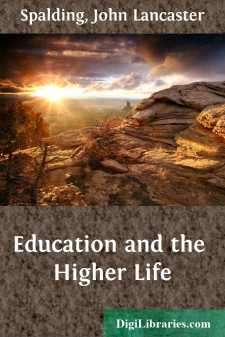Categories
- Antiques & Collectibles 13
- Architecture 36
- Art 48
- Bibles 22
- Biography & Autobiography 813
- Body, Mind & Spirit 142
- Business & Economics 28
- Children's Books 15
- Children's Fiction 12
- Computers 4
- Cooking 94
- Crafts & Hobbies 4
- Drama 346
- Education 46
- Family & Relationships 57
- Fiction 11828
- Games 19
- Gardening 17
- Health & Fitness 34
- History 1377
- House & Home 1
- Humor 147
- Juvenile Fiction 1873
- Juvenile Nonfiction 202
- Language Arts & Disciplines 88
- Law 16
- Literary Collections 686
- Literary Criticism 179
- Mathematics 13
- Medical 41
- Music 40
- Nature 179
- Non-Classifiable 1768
- Performing Arts 7
- Periodicals 1453
- Philosophy 64
- Photography 2
- Poetry 896
- Political Science 203
- Psychology 42
- Reference 154
- Religion 513
- Science 126
- Self-Help 84
- Social Science 81
- Sports & Recreation 34
- Study Aids 3
- Technology & Engineering 59
- Transportation 23
- Travel 463
- True Crime 29
Discoverers and Explorers
Categories:
Description:
Excerpt
PREFACE.
The practice of beginning the study of geography with the locality in which the pupil lives, in order that his first ideas of geographical conceptions may be gained from observation directed upon the real conditions existing about him, has been steadily gaining adherence during the past few years as a rational method of entering upon the study of geography.
After the pupil has finished an elementary study of the locality, he is ready to pass to an elementary consideration of the world as a whole, to get his first conception of the planet on which he lives. His knowledge of the forms of land and water, his knowledge of rain and wind, of heat and cold, as agents, and of the easily traced effects resulting from the interaction of these agents, have been acquired by observation and inference upon conditions actually at hand; in other words, his knowledge has been gained in a presentative manner.
His study of the world, however, must differ largely from this, and must be effected principally by representation. The globe in relief, therefore, presents to him his basic idea, and all his future study of the world will but expand and modify this idea, until at length, if the study is properly continued, the idea becomes exceedingly complex.
In passing from the geography of the locality to that of the world as a whole, the pupil is to deal broadly with the land masses and their general characteristics. The continents and oceans, their relative situations, form, and size, are then to be treated, but the treatment is always to be kept easily within the pupil's capabilities—the end being merely an elementary world-view.
During the time the pupil is acquiring this elementary knowledge of the world as a whole, certain facts of history may be interrelated with the geographical study.
According to the plan already suggested, it will be seen that the pupil is carried out from a study of the limited area of land and water about him to an idea of the world as a sphere, with its great distribution of land and water. In this transference he soon comes to perceive how small a part his hitherto known world forms of the great earth-sphere itself.
Something analogous to this transition on the part of the pupil to a larger view seems to be found in the history of the western nations of Europe. It is the gradual change in the conception of the world held during the fourteenth and fifteenth centuries to the enlarged conception of the world as a sphere which the remarkable discoveries and explorations of the fifteenth and sixteenth centuries brought about.
The analogy serves pedagogically to point out an interesting and valuable interrelation of certain facts of history with certain phases of geographical study.
This book has been prepared for the purpose of affording material for such an interrelation. The plan of interrelation is simple. As the study of the world as a whole, in the manner already sketched, progresses, the appropriate chapters are read, discussed, and reproduced, and the routes of the various discoverers and explorers traced....











![Stones of Venice [introductions]](https://digilibraries-com.s3.eu-central-1.amazonaws.com/covers/b35453e4-3053-4fd7-b588-ba179aeb1984.jpg)
